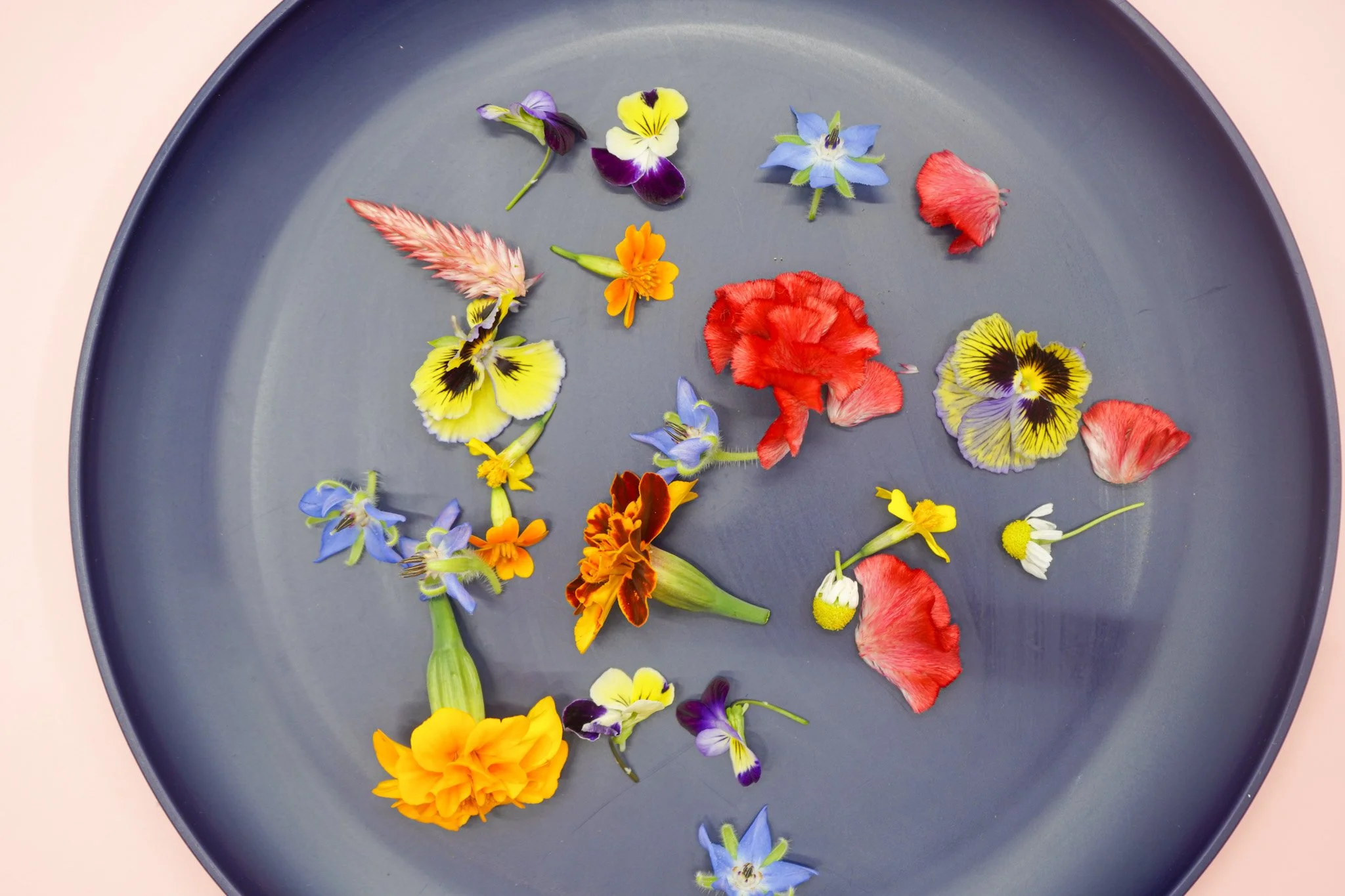Keep it Fresh: Harvest Storage Guide
At Area 2 Farms in Arlington, VA, we’re committed to growing high-quality, USDA-certified organic produce for the DMV, and we want you to get the most out of each harvest.
So here’s a guide on how to keep your Area 2 Farms’ harvest fresh:
Greens and Herbs
Lettuces
Our lettuce blends are known for their diverse flavors and their satisfying, crisp texture. To keep these greens fresh, store them with a dry paper towel in either Tupperware or a sealed bag and keep them in the crisper drawer. The paper towel will soak up extra moisture to keep the greens dry.
Shelf Life: 2-3 weeks
Check out our Asian Greens crop guide for lettuce inspiration.
Microgreens
As with lettuce and other mature greens, moisture is the thing to avoid when storing microgreens. To keep them fresh and crunchy, line a sealable bag or container with paper towels and add microgreens. Place another dry paper towel over the top of your micros and close tightly. Keep these greens in the crisper drawer.
Shelf Life: 1 week
Not sure how to get through your microgreens in time? Check out this guide to learns about microgreens and ways to use them.
Herbs
Our herbs come in small containers, so the first consideration for storage is to keep them in a visible place so you don’t forget about them! Try storing herbs on your fridge door so they’re easily accessible.
Shelf Life: 1-2 weeks (soft herbs); 2-4 weeks (hard herbs)
Sometimes it can be hard to use up your herbs in time. Try drying them, infusing olive oil, adding them to soups and stocks, or making herb butter to get the most out of your herbs.
Rooting and Fruiting Crops
Root crops tend to lose moisture through their leaves, which can shorten their shelf life drastically. Below are tips and tricks to maximize the freshness of your Area 2 Farms’ rooting and fruiting vegetables!
Leeks
To keep leeks fresh in your fridge, place the white ends down in a glass of cool water and store on any shelf. Be sure to change out the water every couple of days to keep leeks fresh.
Shelf Life: 1-2 weeks
Not sure if you’ll use your leeks in time? Try freezing them to use later in vegetable stocks and soups for an added oniony flavor!
Carrots
Similar to leeks, carrots store best when kept in fresh water in the fridge. Alternatively, you can cut off carrot tops and wrap carrots and tops separately in damp paper towels and place in bags or tupperware containers in the fridge.
Shelf Life: 2-4 weeks
Be sure to hold onto carrot tops! They make an excellent addition to homemade dressings or soup stocks.
Spring Onions
Before storing your onions, be sure to trim away any damaged tops and rinse away any loose soil. Then, place onions in a jar and fill with fresh water until roots are fully submerged. Keep the jar in a cool, well-lit area, like on a windowsill, and be sure to change out the water every couple of days.
Shelf Life: 5-7 days
Not going to use all of your onions in time? Try freezing them to extend their life for up to 6 months!
Celery
The key to keeping celery crisp is trimming the tops. Cut off any leafy greens before placing stalks in the fridge. Then, to maintain proper moisture, wrap the stalks in aluminum foil and place them in the crisper drawer.
Shelf Life: 2-4 weeks
Radishes
The cooler the better for radishes - keep these root veggies in the crisper drawer of your fridge. To extend their shelf life, wrap radishes in a damp paper towel and store in a sealed bag.
You can also trim the tops off of radish roots to prevent excess moisture loss. Store leafy radish greens in a separate bag or container with a damp paper towel to keep them fresh for 2-3 days.
Shelf Life: 1-2 weeks
Want to extend the life of your radishes? Try this overnight pickled radish recipe.
Turnips
Store turnips on any shelf in the fridge - just make sure to cut the tops off first. Wrap them in a damp paper towel and place in a sealed bag or container. Just as with radish greens, turnip tops can be kept fresh in a separate container.
Shelf Life: 1-2 weeks
Not sure what to do with the tops? Treat them like spinach and sauté them to use as a side, or throw them into soups and stews to add an earthy, tangy flavor.
Tomatoes
The best way to store tomatoes is out of the fridge, as they lose flavor and texture when stored at temperatures under 60° F. Instead, place them on your counter in a single layer, out of direct sunlight. For added protection, place them on top of a paper towel or kitchen towel to absorb any excess moisture.
If you don’t plan to use tomatoes immediately, store them in a perforated paper bag in the crisper drawer.
Shelf Life: 2 days (on counter); 1-2 weeks (in fridge)
Cherry tomatoes are an easy addition to many meals. Check out this guide to find ways to prepare cherry tomatoes.
Edible flowers and Specialty Herbs
Our specialty items are special for a reason - they are typically not found in stores because of their shorter shelf life and delicacy. Store these items in your butter keeper so they are visible in the fridge.
Shelf Life: varies based on item, but typically 5-7 days.
Not sure how to use these items? Look to our almanac for item-specific suggestions, or try freezing specialty herbs and flowers in ice cubes to add to cocktails, iced teas, or smoothies!








